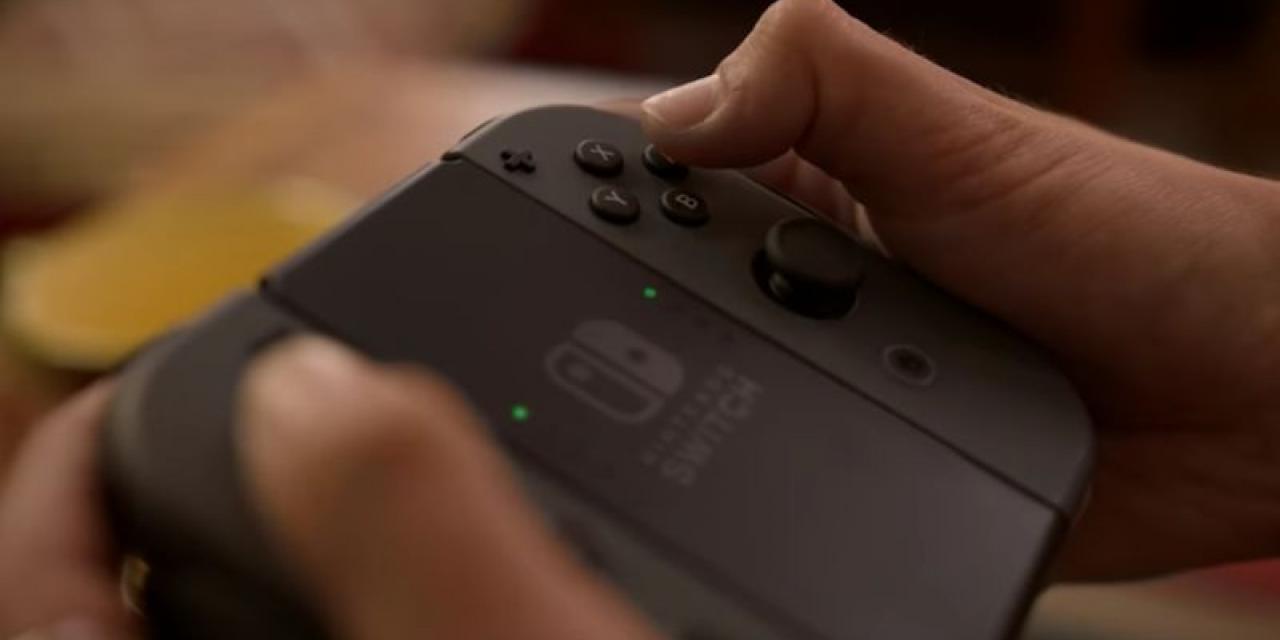
Many gamers consider rumble to be an unimportant gimmick, which they occasionally turn off in order to save wireless controllers' battery life. Nonetheless, Mario creator Shigeru Miyamoto believes that this will change when gamers get to experience The Switch's new HD Rumble feature.
In an interview with Time, Nintendo's star game designer explained they have been researching haptic feedback improvements since the 1990's and the technology has just reached a point where a noticeable improvement can be had at a reasonable cost.
"First of all, I can't say for certain that HD Rumble is going to create something completely original, but I can say that the sensation HD Rumble provides is completely new," said Miyamoto. "When we first created the Rumble Pak [released in 1997 for the Nintendo 64], at that time we were trying to just think about cost and performance. What could we make that was cost-efficient to create a rumble sensation?"
"Within Nintendo, there's a group of people who just focus on researching rumble features and capabilities. For many years, they've been bringing different kinds of rumble and vibration features and putting them into games and testing them.
What's incredible is that it's not just this monotone vibration, but you can feel the taps. So when you put your pen on the screen, it's not just this dull vibration, you can feel the tap that the tip of the pen makes on the screen.
Right now there's this idea that 60 frames-per-second graphics is the standard [speed for modern video games]. If you were, for example, to make something that ran at 20 frames-per-second, someone would get mad at you. For anything interactive, the response time is very important. So like with virtual reality, the latency makes a big difference in the experience. And with HD Rumble, the latency is different, so it provides a unique experience, and with that unique experience, I think new ideas can come about."
It is nice to know that Nintendo continues to innovate on all fronts. Of course, it is entirely possible HD Rumble would share the same fate as the 3DS' glassless 3D screen - a feature that sounded impressive on paper but never got used in a meaningful way.








